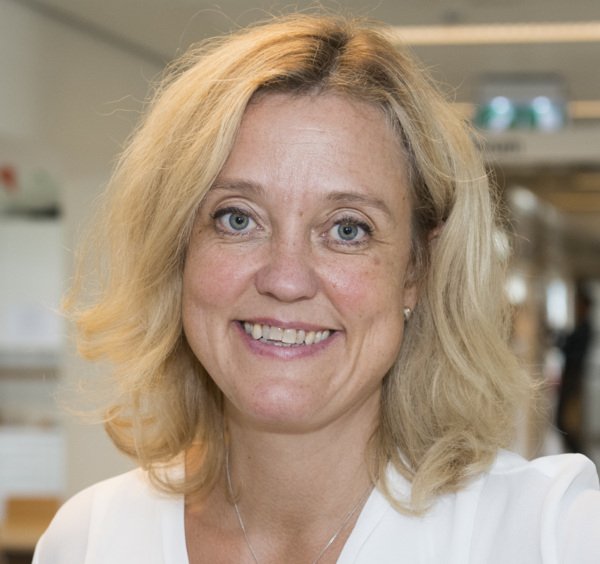Brain development in premature babies
Many babies who are born very prematurely suffer some form of brain damage. Ulrika Ådén, Professor of Neonatology at the Department of Women's and Children's Health, researches how the risk of such damage can be mitigated, and how the damage caused can be alleviated. Her research includes the effects of different clinical interventions and the importance of vocal and tactile stimulation.

Ulrika Ådén’s research concerns babies who developed brain damage at birth owing either to complications during delivery or to being born extremely prematurely (i.e. in the second trimester). Approximately two thirds of these babies develop such low cognitive skills that they will have difficulty keeping up with their schooling.
“We’re almost the best in the world in Sweden when it comes to saving the lives of premature babies,” says Professor Ådén. “But we know little about how their brains develop, and what we can do to help them do so as normally as possible.”
Professor Ådén develops methods for diagnosing brain damage in infants using magnetic resonance tomography (MRT), and for understanding how the impairment affects their development. Clinically, the methods can be used for the early identification of children in need of extra support.
Identify early risk and health factors
By linking her MR results to clinical data and the like, Professor Ådén is also able to identify early risk and health factors.
“It’s about healthcare-related factors, like surgery, nutrition and respirator care, as well as the kind of stimulation the brain receives – such as through skin contact and hearing voices and music,” she says. “We hope to be able to improve the care provided for the children and to reduce future brain damage.”
Another line of research Professor Ådén is pursuing concerns immunological memories of brain trauma in infants.
“When the blood-brain barrier is broken down, during a stroke for example, it can leave immunological traces,” she explains. “We want to understand more about these traces and their potential consequences later in life.”
Text: Anders Nilsson, first published in the booklet From Cell to Society 2016.
